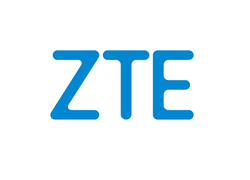ZTE Corporation, an international provider of telecoms, enterprise and consumer technology solutions for the mobile internet, has implemented Africa’s live 3G/4G/5G Tri-RAT dynamic spectrum sharing solution, ZTE’s SuperDSS, in South Africa.
ZTE’s 3G/4G/5G SuperDSS field trial was implemented on 2.1GHz spectrum within 15MHz bandwidth, compared with the current static spectrum allocation solution of 3G and 4G (3rd and 4th Generation mobile communications).
According to the trial results, the SuperDSS solution allowed the fast introduction of 5G on the 2.1GHz spectrum, and simultaneously increased the 4G single user average throughput by 39.85%, without negatively affecting the existing 3G and 4G major key performance indicators (KPIs) and user experiences.
ZTE has been committed to exploring the feasibility of spectrum sharing solutions at various stages of network development for a long time. ZTE’s SuperDSS is a 5G evolution networking design oriented solution. It assists operators to build a lean multi-mode and multi-service network, supporting 5G and protecting their legacy investment.
In the process of network evolution, 3G/4G/5G traffic-based dynamic spectrum sharing can maximise spectrum utilisation, with more bandwidth being allocated for LTE and NR based on UMTS bandwidth change on demand. Besides, traditional voice service is also guaranteed.
Comment on this article below or via Twitter: @VanillaPlus OR @jcvplus






